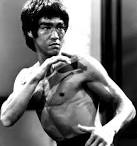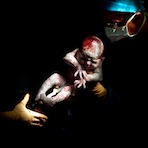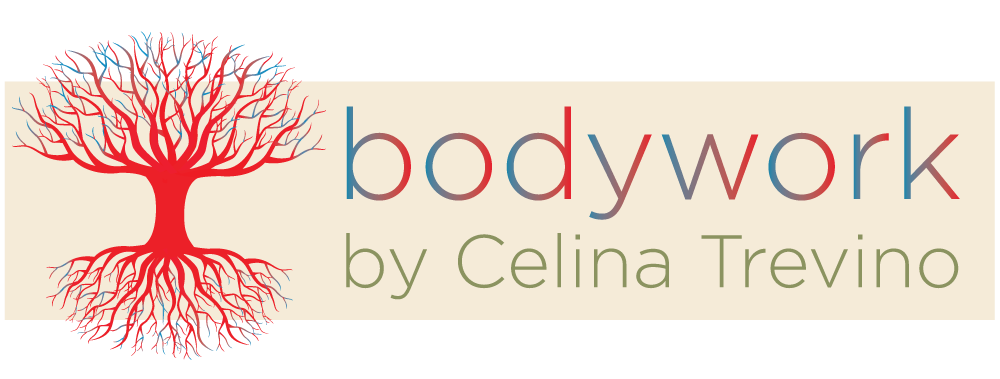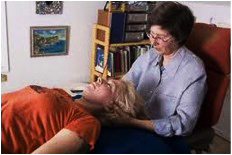Reflexes. Why do we have them, need them?
I want to talk to you about reflexes. Normally when we think of reflexes, we may think of Bruce Lee and how lightning fast his reactions were. Or you may think of the knee jerk  reaction in your Dr.’s office from the reflex hammer. I want to talk about our infant reflexes and how they are a part of our lives today. I then want to talk about MNRI (Masgutova Neurosensorymotor Integration), a method that uses reflexes, our genetic gifts, to restore functions and processes in our body that have gone awry. This method and way of looking at the body is not used in modern medicine as a natural therapy but is being used by Occupational Therapists, Physical Therapists, Osteopaths, Chiropractors and others in the alternative world.
reaction in your Dr.’s office from the reflex hammer. I want to talk about our infant reflexes and how they are a part of our lives today. I then want to talk about MNRI (Masgutova Neurosensorymotor Integration), a method that uses reflexes, our genetic gifts, to restore functions and processes in our body that have gone awry. This method and way of looking at the body is not used in modern medicine as a natural therapy but is being used by Occupational Therapists, Physical Therapists, Osteopaths, Chiropractors and others in the alternative world.
Reflexes develop while we are in the womb and assist with the birth process. Movement is the key here: reflexes cause movement and movement helps develop the reflex until that reflex is integrated within the brain. These movements are then ingrained in our motion patterns and help us to survive and keep safe in times of stress. For example, the Hands Supporting reflex is used every time we put our arms out in front of us to keep us from falling. The Leg Cross Flexion reflex is used each time we step on something like a sharp object, and hop off that same leg to keep from being injured. All reflexes are caused by a stimulation of the senses in our internal or external environment. Reflexes have a specific timeline in the infant and toddler that allows for integration. If there is no interference with this integration, such as stress in the environment, limitation of movements or not enough stimulation, we will have natural child development. Children or adults can experience trauma or stress that can either affect our ability to use these reflex patterns effectively or we can revert to using our early infant reflexes. -1 It can then be said that the reflexes are active. But they should not be “protecting” us when there is no clear and present danger. Reflexes can be hypo (weak), hyper (too strong) and pathological (opposite of what is expected). This sets us up for injury or has us locked into movement patterns that keep us from evolving. Imagine an alarm bell that keeps ringing. These signals are constantly being sent to the brain. This is exhausting and will interfere with growing and learning. The body is locked into a survival mode it doesn’t need. Think about what would happen if Bruce Lee either was too slow, too fast (setting himself up to get hit) or put his hands down instead of up to protect his face. All of these actions would set him up for injury. Interestingly, the way Bruce Lee trained is very similar to the theory and techniques behind the Masgutova Method. Hmmm…..
Reflexes are the fundamental neurological building blocks for our developmental processes and learning, and critically influence our brain functioning and mental/intellectual processes as we mature. -2
Let’s look at the Moro reflex as an example. The Moro reflex is triggered by a sudden change in an infant’s head position, usually by tilting the head backward 30 degrees or by suddenly bringing the infant down about 8 inches and then back up to the initial position. In response to this action, they open the core of the body, extend the arms and fingers, take a deep breath in, and hold it. The next phase of the reflex involves closing the core, flexing the limbs and exhaling. -3
(Photo credits: Christian Berthelot)  Moro, Phase I
Moro, Phase I  Moro, Phase II
Moro, Phase II
There is a third phase which involves reaching out for comfort, for which I have no picture here.
The Moro reflex appears at 9 weeks in utero. At 40 weeks it assists with the birth and post-birth process and is active from birth until 3-4 months of life.-4 The Moro reflex is based on the fight or flight response. As you can see above, the Moro reflex is being exhibited while the umbilical cord is still attached.
The Moro Reflex affects maturity of the brainstem and limbic system, activates the breathing center of the brainstem, serves for excitation of the nervous system in stress, triggers the alarm system which activates the HPA (hypothalamus-pituitary-adrenal) stress axis, and coordinates the brain stem and cerebellar functions for antigravity and postural control when the loss of a stable or grounded body position happens. When Moro is matured, it regulates the release of neurotransmitters: acetylcholine, dopamine and GABA. -5 When reflexes are not matured and integrated, there are imbalances in neurotransmitter release. Again, here are those alarm bells ringing when they don’t need to be.
If the Moro reflex is poorly matured, it can cause:
-Poor regulation of stress hormones
-Postural deficits: poor equilibrium and postural control
-Inability to protect the body against injury or harmful situations
-Excessive anxiety, timidity, maladaptive patterns of self protection, lack of trust in oneself and others
-Predisposition for fear, worry and phobias
-Overworked adrenal glands
-Weakened immune system, allergies, infections
-Hypersensitivity to vestibular stimulation, poor balance, motion sickness
-Poor foundation for all spinal and core reflexes
-Dependency and fear of taking risks required for learning-6
An active Moro reflex would look like: an exaggerated or rigid response to a change in proprioception (the sense of body position and where it is in space) or freezing instead of responding. The Moro response can also be triggered inappropriately (think wires crossed) by another stimulus like a sound. These are all considered negative protection; protection we don’t need.
Using the Masgutova Method, it is possible to change these dysfunctional or pathological reflex patterns into higher levels of functioning that support learning. -7
Ideally, reflexes mature and get integrated through the correct repetition of the proper stimulation from the environment. They’ve done their job, so to speak, and will offer future positive protection in times of stress. When reflexes are not integrated, a person does not feel safe. The alarm bells are always ringing. Certain functions will be put away for another time until the person feels safe and therefore able to give and receive love, flourish in life and experience joy.
The Masgutova Method is unique is its application. We make a clear connection between the sensory stimulation and motor response, making the neurological pathway more efficient. Once this clear pathway is awakened the response of the body will naturally gravitate to the most adaptive and efficient functioning. -8
Dr. Svetlana Masgutova (innovator behind the method) and her team have been studying and researching reflexes for 25 years. Thanks to this practice and research, we know that we all have something genetically endowed in us; something predictable and designed for our brain’s development, which furthers physical, emotional and cognitive development.
There has been much success with this method for conditions such as: ADD/ADHD, Autism, Cerebral Palsy, Post Traumatic Stress Disorder, Stroke, Parkinson’s, stress, and many more neurological disorders, etc.
I am so very excited to be using the Masgutova Method in my work.
You can learn much more about our many types of reflexes on the Masgutova Method website:
http://www.masgutovamethod.com
1. S. Masgutova, Dynamic and Postural Reflex Integration, 2012.
2. S. Masgutova, D. Masgutov, Oral Facial Reflex Integration, 2011.
3-6. S. Masgutova, A. Akhmatova, D. Masgutov, E. Akhmatov, Stress Hormone and Reflex Integration, 2012.
7. S. Masgutova, Dynamic and Postural Reflex Integration, 2012.
8. S. Masgutova, Dynamic and Postural Reflex Integration, 2012.

 It seems fitting that my first blog is about the timely release of the book,
It seems fitting that my first blog is about the timely release of the book,